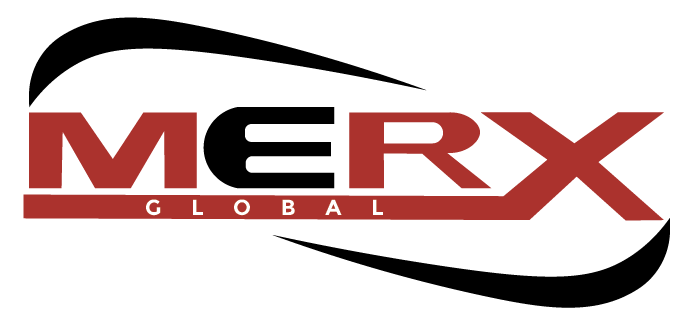First quarter 2025 intermodal volumes saw annual gains, according to data recently issued by the Intermodal Association of North America (IANA).
In its “Intermodal Quarterly,” IANA reported that total first quarter volume, at 4,554,850 units, increased 6.3% annually, representing the sixth consecutive quarter of annual growth, following eight straight quarters of annual declines.
Domestic containers, at 2,105,752, rose 5.6% annually, and trailers, at 118,057, fell 18.2%. All domestic equipment, which is comprised of trailers and domestic containers, came in at 2,223,809, for a 4.0% annual increase. And ISO, or international, containers, at 2,331,041, rose 8.5%.
IANA noted that this growth came amid what it called a “unique period of uncertainty and volatility” in the quarter, as import growth continued at a rapid clip to avoid tariffs, coupled with signs pointing to a potential slowdown in consumer activity. And on a more encouraging note, it observed that first quarter job growth was strong, topping the previous four quarters, as well as the unemployment rate remaining historically low, and the core components of the economy remaining solid.
“Front-loaded imports laid a solid foundation for the quarter’s overall intermodal performance,” the report stated. “Although trucking capacity remained loose, the pace of tightening continued slowly, and the early arrival of imports created opportunities for both domestic and international intermodal.”
IANA President & CEO Anne Reinke told LM in an interview that while the first quarter’s tariff-driven front-loading of volumes were solid and have been a key driver of volume gains going back to late last year after the election.
“People were anticipating this would happen, and things absolutely ramped up when the tariff noise go so loud,” she said. “March was a visible manifestation of that. I think we thought we were going to get incremental gains, with this being the sixth straight quarter of annual gains.
Addressing intermodal service levels, Reinke said that given the feeling of a freight trough, at the moment, there is excess capacity in the marketplace, typically leading to solid service levels.
In terms of the ongoing shifts in tariff directives and related trade policy, Reinke said it is key for intermodal shippers to have constant communication, in addition to what she called a level-setting of expectations as well.
“Having an Intermodal Marketing Company (IMC) as part of that transaction is enormously beneficial,” she said. “That company will have visibility into exactly what is going on in different aspect of the supply chain. Having a knowledgeable center-point focusing all of their energies on devising the best solution and crafting the most up-to-date information is critical.”
When asked about intermodal’s prospects for the 2025 Peak Season, Reinke said that given the ongoing decline in imports, there is likely to be contraction this year, with the caveat of to what degree of contraction being unknown.
“Things could get worse or the White House could strike trade deals and they then get better and there ends up being a strong Peak Season,” she said. “At the moment, we are seeing a contraction, and that is not solely due to front-loading. We already have the needed inventories, but people are curbing consumer spending and are concerned.”
First quarter IMC volume, at 460,971 loads fell 6.0% annually, with intermodal loads and highway loads, up 0.7% and down 15.2%, respectively. Total quarterly IMC revenue, at $1.1 trillion, fell 9.9% annually.
Reinke explained that IMCs are currently constrained by the current capacity environment, with the excess capacity being a detriment.
“That means that modes can leverage each other and drive good bargains, and that ends up punishing the IMC,” she said. I don’t see that changing until that capacity is flushed out. There are a few different ways that it could get flushed out, in that things could boom if the tariffs were over, but I don’t see that picking up yet.”
In its 2025 forecast, IANA said that the “potential for a downturn seems inevitable given the current trade landscape.” And it said that it expects international intermodal to decline 1.0%, due to the expiration of tariff exemptions and delays over the second half of the year. IANA added it expects domestic container traffic to increase 1.0%, in line with current levels, and trailers are pegged to be down 18.5%. Total 2025 volume is expected to be off 0.6% annually, after rising 8.5% in 2024, with the potential for that 2025 estimate to increase, should the tariff situation change.

